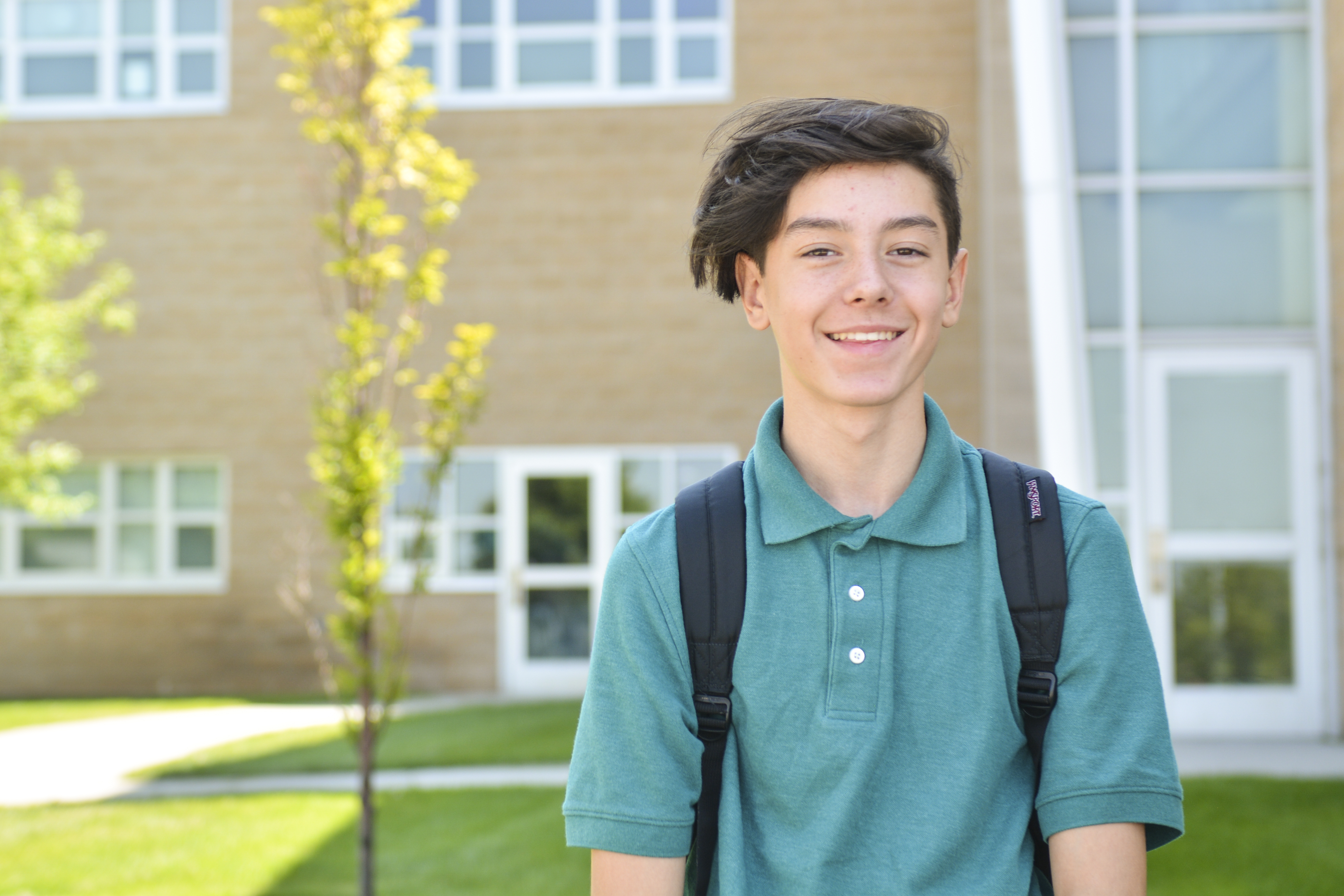A Simple Intervention That Makes Middle School Less Awful for Students

The Challenge
The start of middle school initiates a big transition that affects students socially, emotionally, and academically. Alienation and disengagement from school are two of the biggest factors that lead a student to drop out of school, and these habits often take root during this transition.
Intervention
To overcome these obstacles, Borman created an intervention that had two goals:
- Inform students that they were going to experience some difficulty socially and academically and to understand that everyone is going through the same thing and there’s not something inherently wrong with these difficulties and the emotions that come with them.
- Let students know that help is available for the difficulties that are typical to the middle school years and to help them successfully transition to their new setting.
To achieve these goals, the research team gave more than 1,000 Wisconsin students two 15-minute writing exercises, one at the start of school and one a month later. They were asked to reflect on a survey, with quotes lifted loosely from former students, about struggling in the early months of school, feeling as though they didn’t belong, and reaching out for help from teachers and other students. The first assignment focused on academic struggles and the second on social challenges.
An important part of the intervention was wording and screening the advice from a group of middle school students. This made the content relatable and like it was coming from a peer.
The research study has been repeated with great results. Students that participate in this short intervention miss school less, have fewer behavioral problems, and receive better grades. Students also developed better relationships with their teachers and peers, felt less anxious about tests, and were more motivated.
Parent Nights and Student Orientations
Another way to help prepare students for the middle school transition is to have students walk through the school before the first day of school. Parent nights and student orientations can be a great way to prepare students.
Building Student Relationships
Teachers should keep in mind that students are coming from elementary school where they had one predominant teacher who often represented a sort of parental figure in students’ lives. It can be difficult for students to feel confident and secure approaching teachers in middle school where there is much less exposure and connection. Because of this new dynamic, even simple gestures to get to know your students go a long way in easing their transition.
Implementing a Social-Emotional Learning Program
In another episode of Podclassed, the Coordinator for Social and Emotional Learning (SEL) in Atlanta Public Schools, Lindsay Wyczalkowski, discussed the first steps to implementing an SEL program at a school or district. As they worked to get their district on board, they found that it’s important to start with teachers. When teachers can model the principles of SEL and take care of their own social and emotional needs, they are better able to meet the needs of their students. Wyczalkowski offers more advice and resources on her episode titled The Importance of Social Emotional Learning.